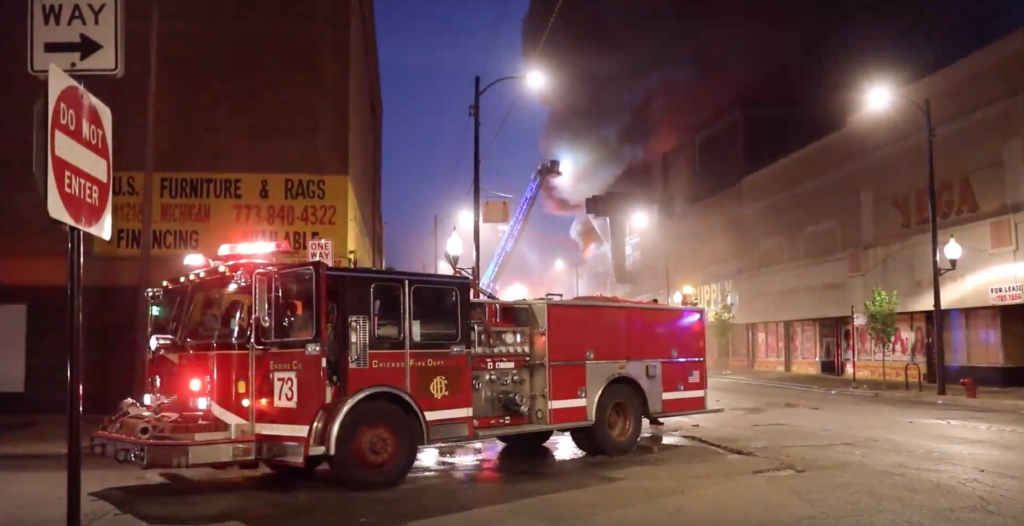
This week we were focused on examining the specifications for the Safe Building and connected DAS requirements, issued by the ETA Communication and FCC in the United States.
So, here's a quick recap for you.
First, let's see why it's needed to have the Safe Building in terms of DAS and Radio?
According to BDBOS (German FCC like organisation) «For fire brigades, police and rescue services, i.e. public safety agencies, it is necessary for operational and tactical reasons to have sufficient radio coverage in specific buildings and other physical structures. This is the case in particular for structures with a major risk of fire or explosion which would threaten a large number of people or cause major damage or which require regular or permanent police presence to ensure order and security for visitors.»
How many commercial building in the USA?
According to Safer Buildings Coalition, there are over 6.2 million commercial buildings in the U.S. Generally, it means that more and more building in the world must be provided with DAS and Indoor Radio. Thanks to DAStronix USA we have probed the exact specifications — once we provide an app for simple DAS/ADAS planning inside all of these buildings with supporting specific Safe Buildings report and KPI's in Rantastic.
Let's get started: ETA defines DAS systems as one of the following technical solutions:
- Active DAS
- Bi-Directional Amplifiers (BDAs) — BDAs are programmed to boost Radio Frequencies (RF) to amplify in downlink and uplink paths while increasing the RF signal in both directions. It can be also used for cellular signal.
- Passive DAS
- Outdoor coverage — so you can try to cover one building from another one using.
It allows to use a variety of equipment, including boosters, small cells, eNodeB and others.

What are the required frequencies for the Safe Buildings?
The frequencies are mandated for public safety coverage on bands 450, 700, and 800 MHz in the USA, plus 4.9GHz and 5.9GHz. Also, it advises supporting cellular carriers, including 2G, CDMA, UMTS, LTE and 5G, supporting SISO and MIMO technologies.
What are the KPI's for the Safe Buildings?
In terms of signal strength and KPIs — the FCC is focused on the following signal parameters:
- Public Safety RSSI
- Public Safety DAQ (Delivered Audio Quality)
- Cellular RSSI
- Cellular RSCP (Received Signal Code Power)
- Cellular RSRP (Reference Signal Received Power)
- Cellular SNIR (Signal-to-Interference-plus-Noise ratio)
Every system must be duly registered and all required permissions should be received in FCC for legally rebroadcasting their frequencies inside buildings.
Who is responsible for such systems?
Certain buildings (sports stadiums, shopping centres, etc.) may be subject to special requirements for fire protection in order to receive a building permit. These requirements may include setting up and maintaining an in-house coverage system ensuring that fire-fighters can communicate inside the building.
If a builder is required by law to set up an in-house coverage system, it is generally up to the builder to decide on the technical solution for in-house coverage unless otherwise indicated in the building permit or relevant guidelines. The builder may choose an agency to plan the in-house coverage system. As a rule, the resulting detailed plans must be approved by the responsible fire brigade. Upon completion, the in-house coverage system must be tested to make sure it is safe and effective (functional checks). Existing systems are not subject to these new regulations.
To sum up: we see that more and more countries make it's obligatory having Indoor Radio System for Emergency and Cellular systems, it's very good as it saves lives around the world, as well as creates new business opportunities.
Rantastic supports planning for Safe Building starting from just 30$ per month.
Contact us to schedule a demo — [email protected]
Check out ours other blog posts:
